cities & beyond



Germany is full of clear lakes and unspoilt forests, centuries-old fairy-tale towns, hundreds of castles, and 52 World Heritage Sites. We want to see them all, but in a green way! Our eco-active consciences are on the rise; we're all looking at ways of cutting down our travel carbon emissions, and being more sustainable. And thanks to multiple train routes throughout Germany, flight-free itineraries, smarter planning, and better awareness on where to go, we can make greener decisions. With 33000 kilometres of rail track, and just as many trains (the fastest of which run emission-free), every corner of the country is accessible—sustainably.
So, pack your train picnic, lace up your hiking boots, and cycle into the future of sustainable holidays, and travel. Read on to find out about some of our favourite lesser-known German destinations we think you’ll love—including Leipzig, and Münster—and be in the chance to win a 2-night trip to Leipzig.

A greener Germany
Working with nature
The Wadden Sea is a UNESCO World Heritage Site, and a great place to put on your walking shoes, or take a dip in the sparkling lakes. Explore the ancient cultural landscape through organised Biosphere safaris in the Bliesgau UNESCO Biosphere. Head to Lüneburg Heath, famed for its annual heather bloom, which lights up the rolling hills, and is home to wildlife including barn owls, kingfishers, and stags. Visit the organic village of Schmilka, next to the Saxon Switzerland National Park. Stay in one of the small half-timbered guesthouses—you can visit the historic mill of 1665, where flour is still ground and traditional crafts are cultivated in the organic bakery and brewery. Or visit the remote village of Feldheim southwest of Berlin. Germany’s first and only energy self-sufficient community is a pioneering working example of economically beneficial renewable use.















BACK TO THE TOP
Travelzoo prize draw
gastronomy
off the beaten track








A sustainable Germany
How and where to go green?
Germany has called on its cities and regions to dedicate their focus on sustainable tourism. Visit Düsseldorf and experience the "climate walk"—think sightseeing accompanied by commentary on the climate of the Rhine, and how it affects the metropolis. The impressive Kö-Bogen II is Europe’s largest green façade with 30,000 hornbeam hedges—an important contribution to environmental and climate protection. Explore the island of Juist, high in the north of Lower Saxony. Horse-drawn carriages and bicycles are used here, and the goal is to be climate-neutral by 2030. Visit the UNESCO Biosphere Reserve Rhön, it gets so dark in winter that you can admire the starry skies, and the Milky Way. Leipzig New Lakeland represents one of the most ambitious recultivation projects in Europe. The Leipzig region covers 27 square miles and 20 lakes. The quality of the lakes are excellent; and the popular swimming and active sports resorts were once open-cast mines and have been regenerated and were gradually transformed into lakes from the early 1990s onward.

BACK TO THE TOP

BACK TO THE TOP


Win a trip to Leipzig

Cities and beyond
How will you travel more sustainably?
Enjoy locally produced food?
Discover Germany by train?
Stay longer at your destination?
Enjoy locally produced food
SEE RESULT




Stuttgart is famous for making some of the world's best cars, but its also one of Germany’s major train hubs. Around 300,000 people use the station daily from all across Europe. Germany’s high-speed ICE trains serve national and international routes. With five World Heritage Sites in the area accessible by train, there is a lot to discover here.

With its classical music legacy, many sights in Leipzigs polished-up old town refer to J.S. Bach. Its church choir, and six sites in the surrounding area, are listed as a UNESCO World Heritage site. The city has a unique mix of water and culture, and it's great for active sports enthusiasts or those seeking relaxation.
Leipzig


After WWII, Münster rebuilt its old town to match the pre-war medieval city structure: beautiful to visit, but not suitable for cars. There was enough space to build bike lanes, though. And so Münster is Germany’s bicycle capital of today.
Münster

Explore the vineyards
Germany boasts an incredible variety of landscapes including 13 wine-growing regions—on the Rhine, Main, Moselle, Neckar, Ahr, Nahe and their tributaries, as well as around Lake Constance. Each region hosts famous vineyard sites whose history goes back centuries.
Do you know your Spätlese from your Spätburgunder? Learn about the different grapes, the characteristics of the various growing regions, their special geography, soil structures, specialisation, and more. Enjoy a gorgeous hike or bike ride through the vineyards and surrounding areas. Germany Goes Green focuses on the sustainable, organic, and biodynamic wines coming out of the country. Discover the challenges of the steep slopes up close, feel the stony soils, explore an entire region, or follow a wine trail. Prost!

























Train between destinations
Stay longer at your destination
SEE RESULT
Sustainable hotels strive to minimize their effect on their immediate environment, and global pollution levels. Eco-friendly accommodations improve energy efficiency, reduce waste, and improve the well-being of guests and staff. Discover eco villages and quirky boutiques to suit your taste. Germany.travel has an endless list of ideas.
Sleep in a sustainable hotel
Gastronomy
Off the beaten track

























































You’ve seen how much there is to discover in Germany, and how easy it is to make your way to its many diverse regions. When you choose your destination cleverly, you won't need a car to get around. And that’s already a big step towards making your trip a sustainable experience not just for you, but also for the places you're going.
With everybody doing just that little bit more, we can make a big change towards making traveling more sustainable, and help keep the world a beautiful place to discover.
A greener Germany






Within Germany, it is best to travel by train: this way you get to know the country and its locals as soon as you arrive. Every journey involves carbon emissions. By choosing climate-friendly transport options such as the bus and train, you minimise your CO2 footprint.
A long journey can be exhausting. If you're traveling long distances, why not plan a longer holiday instead of taking multiple short trips, and treat yourself to some local relaxation. As well as cutting down on your emissions, you will be helping local hotels, restaurants and shops at a time when they can use all the help they can get.
Opting for local produce reduces carbon emissions from transportation, supports sustainable farming practices, and minimizes food waste. Enjoy sustainable menus from local restaurants and their seasonal creations. This way, you will try new flavours, and the environment will be spared by the short transport routes and careful production methods.











BACK TO THE TOP

Stuttgart is famous for making some of the world's best cars, but its also one of Germany’s major train hubs. Around 300,000 people use the station daily from all across Europe. Germany’s high-speed ICE trains serve national and international routes. With five World Heritage Sites in the area accessible by train, there is a lot to discover here.
Stuttgart


The recipe for sustainability
Whether it is vegetarian Michelin-star restaurants, zero-waste cooking, clean eating, minimal food miles, or simply using the best organic and regional produce available, Germany sets trends in sustainable dining and eating.
Germany is full of local food markets and Berlin's first market hall dates back to the 19th century. Markets are a great way of combining fresh food and seasonal local products. Neighbourhood restaurants use regional ingredients, creating a direct connection between food culture and business.
Over 3,000 different types of bread and other baked goods are sold in Germany every day, and more bakeries are working on using sustainable ingredients. From the famous soft pretzels to nutritious wholemeal and rye-wheat bread, all the way to rusks and pumpernickel, Germany has bread to suit every taste.
Regional produce
Leipzig has a lot to offer when it comes to regional products and artisanal craftsmanship. Discover the Leipziger Lerche, a shortcrust pastry filled with jam and marzipan, and decorated with the typical pastry cross. Or sample the Leipzig Gose, a top-fermented beer with added salt and coriander. Every Tuesday and Friday there is a weekly market in front of the old town hall. You can purchase fruit, vegetables, local meat and dairy products found from the region. Click here for more information.
Every Wednesday and Saturday a market is held in the Domplatz outside the cathedral in Münster. Locals sell and source fresh produce from the region, and it's a great place to meet up for a coffee or a lunch snack. Go on a culinary voyage around the harbour, visit a local organic cheesemonger, or enjoy the tradition Münsterland ragout, peppered beef stew, and some pumpernickel.










Münster & its green space
Having won an award for having the best quality of life in the world, Münster is home to buildings that can tell legendary tales of the past. Münster's parks and green spaces cover 348 hectares, and a quarter of it is made up of nature conservation areas. The countryside extends right into the heart of the city contributing to a healthy city climate.
Münster is officially named as Germany's cycling capital. Approximately 100,000 people cycle around the city every day—it's a great way to explore. If cycling isn't your thing, the Baroque treasures of Erbdrostenhof palace, the Dominikanerkirche (Dominican Church), and the Pablo Picasso Art Museum Muenster are all within walking distance.
Click here to learn more about Münster's top 10 things you need to know.
Travel by train
More than ever we're focussed on a cultural and travel philosophy which embraces a deeper, more sustainable way of travelling. Since most CO2 emissions occur during arrival and departure, a longer holiday is more environmentally friendly than multiple short trips.
All Deutsche Bahn long-distance trains run on 100% green electricity. Direct connections from 150 European cities ensure a fast and comfortable journey. Local transport networks and regional TouristCards enable you to reach your favourite destinations quickly, comfortably, affordably, and sustainably.
The new Eurostar, bringing together Eurostar and Thalys, will also enable travellers to have Europe at their fingertips. And, if that doesn't appeal you can also travel on foot, by bicycle, or canoe.













Leipzig: the city of water
Historic old towns, glittering lakes, endless parks, and nature in abundance awaits in Leipzig, one of the country's greenest cities. A third is made up of parks, green spaces, and the floodplain forest, and thanks to the good connections and the large range of sustainable transport options, such as bikes, and trams. It's also home to numerous small rivers and canals; you can hop on a tourist boat and cruise along the Karl-Heine-Canal, or paddle in a canoe.
Leipzig also has a large selection of shops offering fair-trade fashion and regional products as well as organic markets. Leipzig's central station is Europe's largest terminus station. Another green option is the extensive tramway; the 13 tram lines, and the 36 bus routes form a comprehensive transport network. Click here to learn how to minimise your ecological footprint when exploring Leipzig.














Stuttgart & the Black Forest




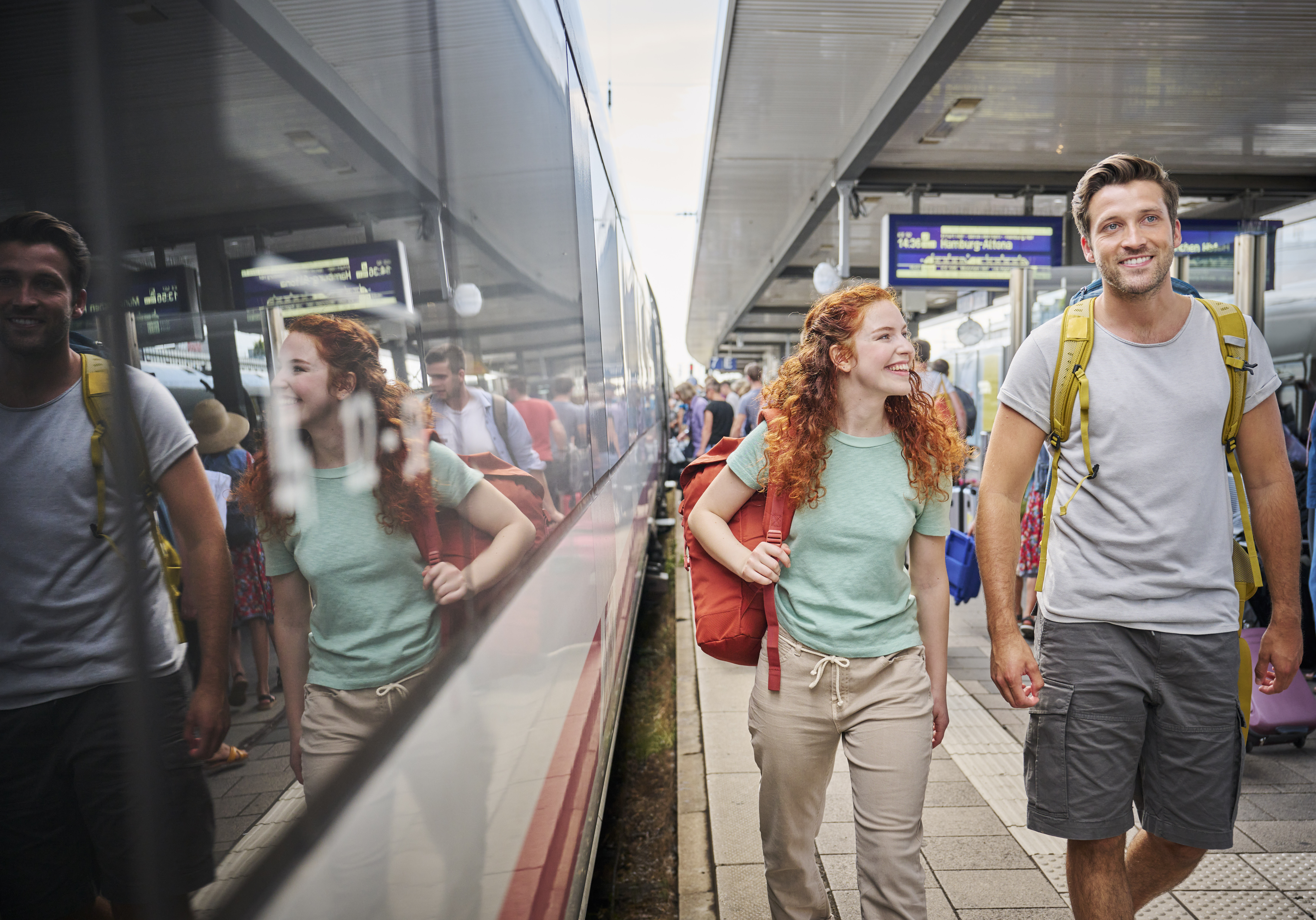

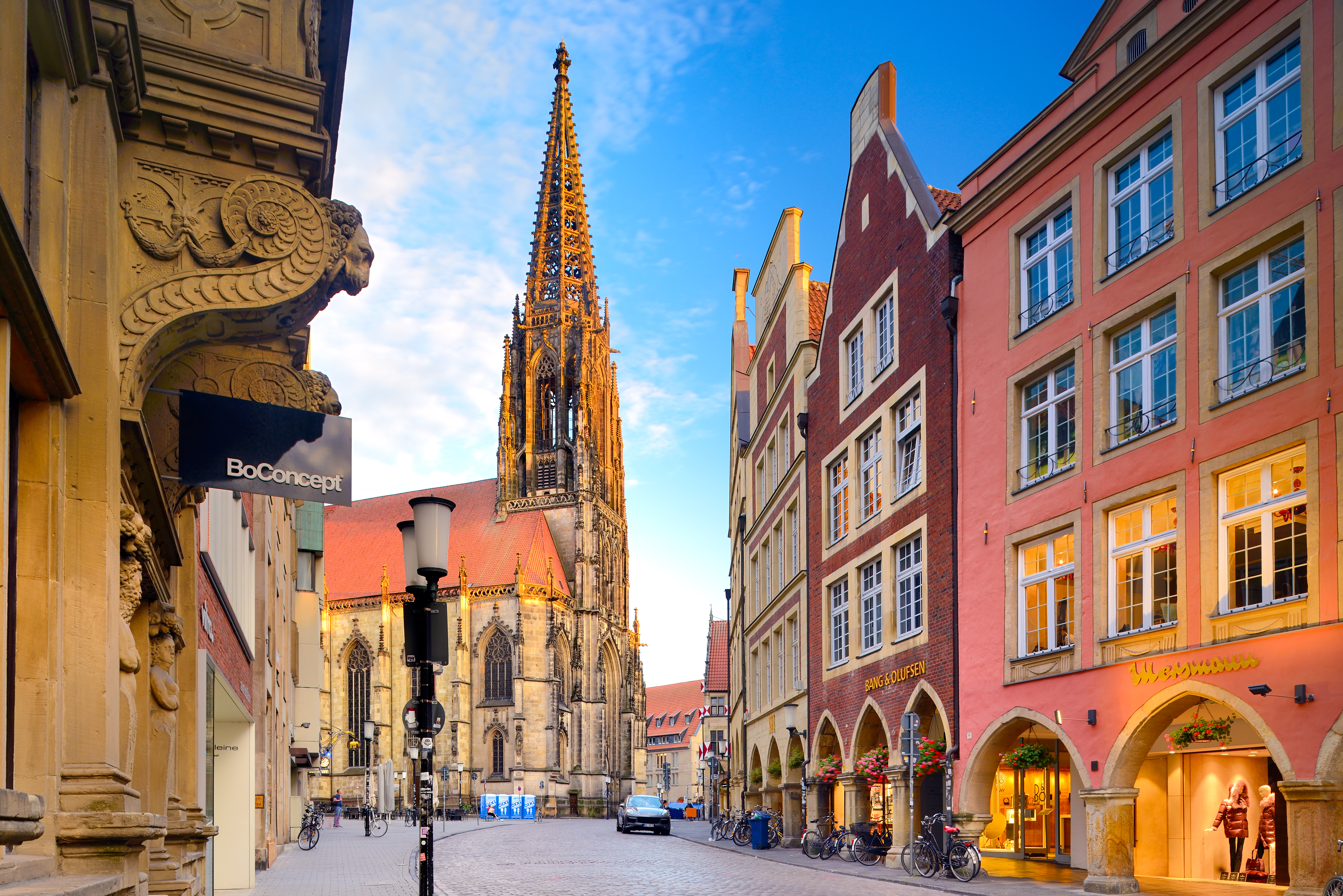

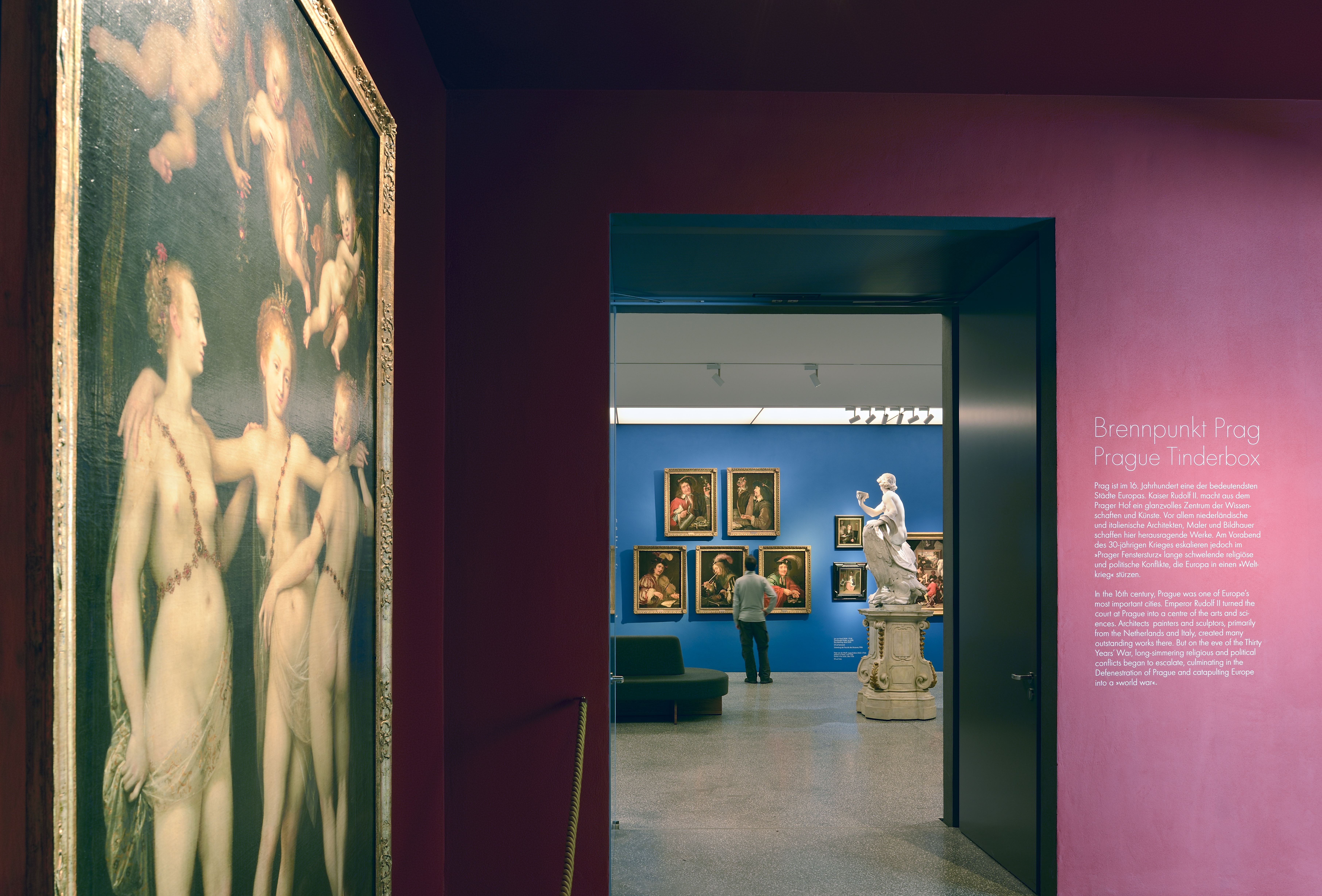







Stuttgart is the capital and largest city of the German state of Baden-Württemberg. It is set on the Neckar river in a fertile valley known as the Stuttgarter Kessel (Stuttgart Cauldron) and is approximately an hour from the Swabian Jura, and the Black Forest.
There's lots to do in Stuttgart, why not ride on a steam train in the Schwäbische Waldbahn? Explore the wine regions, or bathe in the regions mineral springs.
Alternatively, the Black Forest is full of eco-friendly initiatives, sustainable travel, and conservation efforts, including a biosphere reserve, cities dedicated to using solar power, and miles of hiking and e-biking trails.
Germany is home to stunning lakes, mountains, and forests showcasing the country’s pristine natural beauty. The Eibsee is a dazzling emerald-green lake in the German Bavarian Alps in the rugged Zugspitze mountain region. You can kayak, paddleboard, or swim in it, and stare up at the clouds.
Why not recharge your batteries in the Thuringian Forest, and go on a snowshoe tour, or go sledging? You'll see magnificent landscapes and spectacular views along the Thuringian Mountain Railway.
Whether you want to hide away in the mountains, pamper yourself with natural ingredients in one of the health spas, swim in the bracing sea, or hike in the green meadows and forests, there are plenty of ways to get there sustainably. Enjoy the journey.
It's about the journey







© DZT / Dagmar Schwelle / Münster marketing: Münster port
© GNTB / www.bayern.by / Gert Krautbauer / Waldsassen: two people, nun, walking/ pilgrimage on the Jerusalem Way
© GNTB / Francesco Carovillano / Leipzig: Ricchard-Wagner Square near Brühl
© Szymon Nitka, Znajkraj / Szymon Nitka, Znajkraj/ Leipzig: three cyclists on the Neuseenland cycle route
© Thüringer Tourismus GmbH / Paul Hentschel / Schwarzatal: Thuringian mountain railroad in winter
© GNTB Michael Neumann / Grainau: Canoeist paddles across the Eibsee lake
© GNTB / DZT / Günter Standl / Black Forest: Hiking in the National Park along a waterfall
© GNTB/ Oranienbaum-Wörlitz: Landscape with forest in fog / Florian Trykowski
© GNTB/ Juist: Ehrenberg: Woman bathing in the forest in the Rhön biosphere reserve / Florian Trykowski


© GNTB / Julia Lassner / Stuttgart: Wine is poured in the vineyards
© GNTB / Julia Nimke / Ingelheim am Rhein: woman stands between grapevines
© GNTB / Francesco Carovillanolle / Freiburg: Vineyards in Ehrenstetten with the Mount of Olives Chapel

© GNTB / Elke Dubois / Bliesgau UNESCO-Biosphere Reserve: Cultural landscape Hahnenfuss
© GNTB / Markus Tiemann / Lüneburg: The path through the Lüneberg Heath and its nature in the fog
@ Leipzig Travel Szymon Nitka / Weekly market infront of the Leipzig Old Townhall
@ Münster marketing / DZT / Dagmar Schwelle / Domplatz market outside the cathedral
© GNTB / Benedikt Steinle / Antonia Kögl / Bakery Schmitt, Bread and Wine seminar, freshly cut bread
© GNTB / DZT / Dagmar Schwelle / Berlin: Two women buy vegetables from the eco market at Kollwitzplatz
© GNTB / Gert Krautbauer / Bavaria: Käsespätzle on the vegetarian Huendeleskopfhuette


© GNTB / Jens Wegener / Nuremberg: Couple at train station
© GNTB/ Jens Wegener / Hinterzarten : Railway crosses the Ravenna bridge in the Höllental valley
© Münster Marketing: DZT / Dagmar Schwelle / Promenade cycling route
© GNTB / Francesco Carovillano / Münster: The collection Old Masters at the LWL Museum of Art and Culture
© GNTB / Francesco Carovillano / Münster: St. Lamberti Church
@ Leipzig Travel Philipp Kirschner / Industrial architecture on the Karl-Heine-Canal
@ Leipzig Tourismus und Marketing GmbH / Philipp Kirschner / Leipzig: Panorama with New City Hall and Federal Administrative Court
© GNTB / Phillipp Kirschner / Johannapark
in collaboration with:



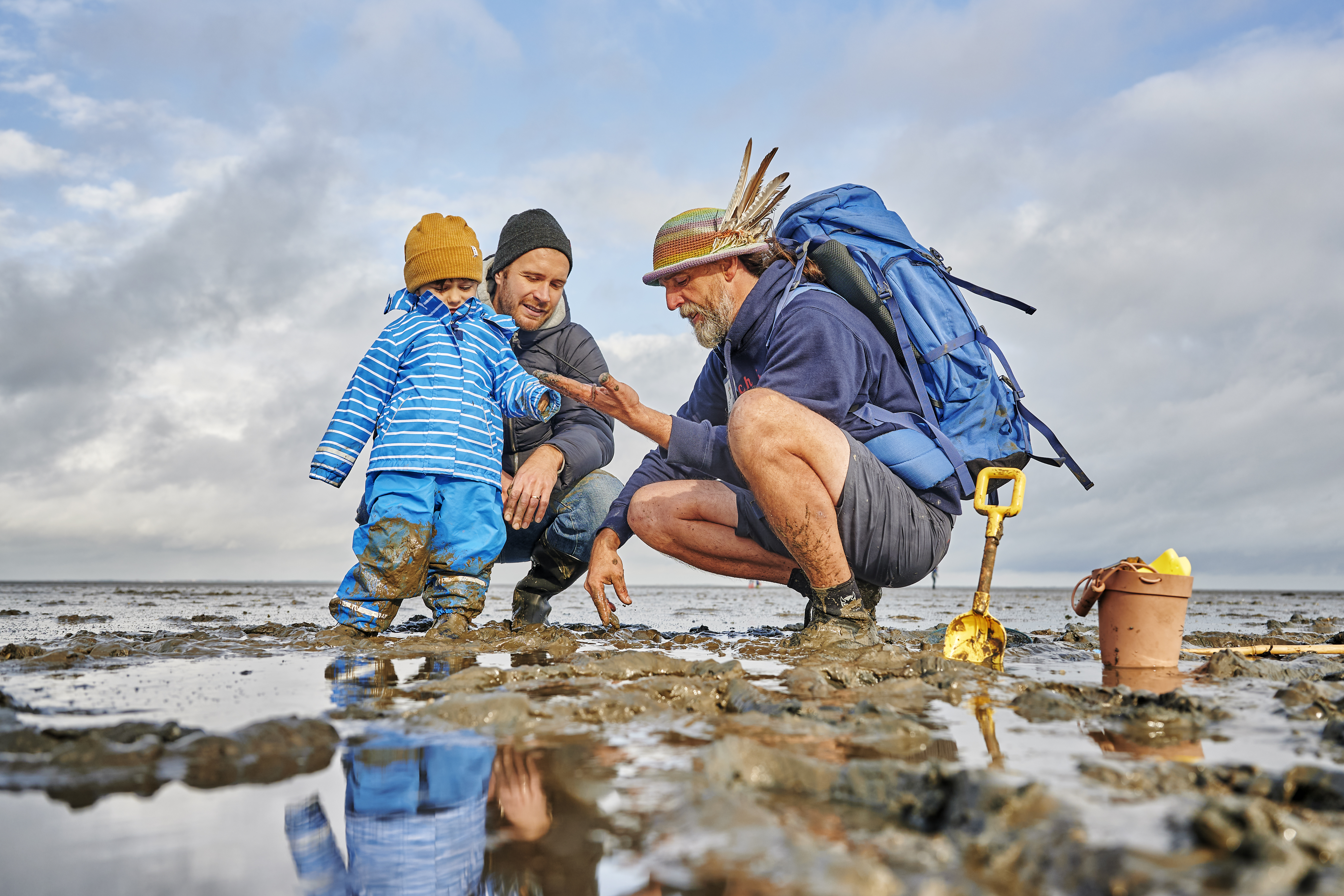
© GNTB / DZT/Florian Trykowski / Wittmund: The family explores the Wadden Sea with a mudflat guide; Mudflat hiking center East Friesland


© GNTB /Axel Brunst / Stuttgart: Opera House at the Eckensee
© GNTB / Gregor Lengler / Mühlhausen: Steepslope winegrowing area along the Neckar
© GNTB / Michael Neumann / Upper Black Forest: A clear forest lake in the mountains
© GNTB / Leungmo / Rotenberg: Funeral chapel on the Wuerttemberg, winegrowing area
|
|
|
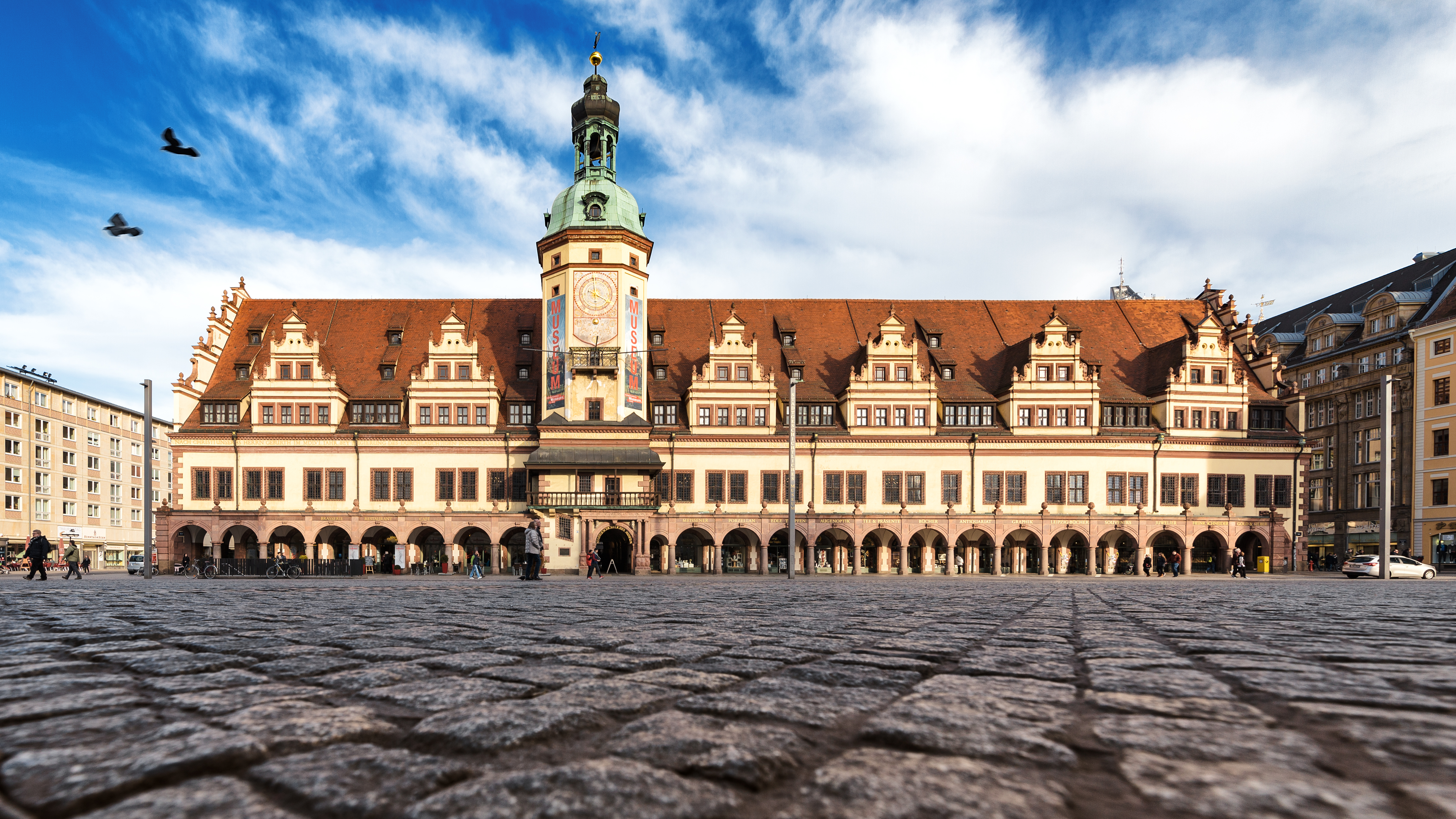
Waldsassen: two people, nun, walking/ pilgrimage on the Jerusalem Way / Gert Krautbauer

© Albergo GmbH / Thorsten Rogge / Schmilka: Mil complex (to the right) and new bathhouse (to the left)





© GNTB/ Cuxhaven: Rider on the beach / Florian Trykowski








@ Leipzig Travel Philipp Kirschner / Vineta at Lake Störmthal in the Leipzig New Lakeland










@ GNTB / Andrea Hitzemann / Neustadt: German Railways & Renewable Energies





@ Tourismus NRW e.V / Johannes Höhn / Drohnenaufnahme Drei Scheibenhaus & Kö-Bogen II Düsseldorf
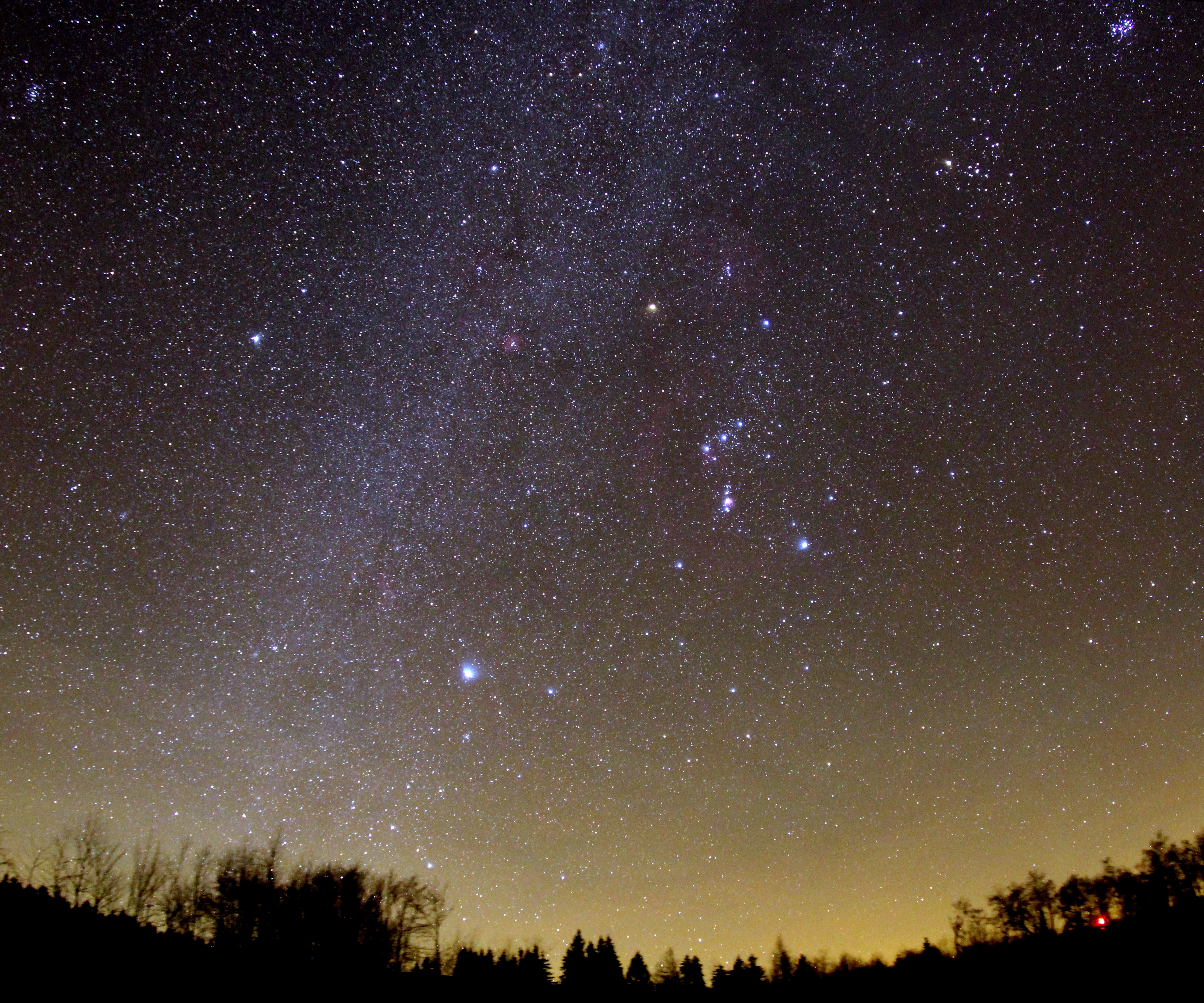

@ Tourismus NRW e.V / Johannes Höhn / Drohnenaufnahme Drei Scheibenhaus & Kö-Bogen II Düsseldorf


© GNTB / Florian Wehde / Kurverwaltung Juist / Juist





Sleep in a sustainable hotel?
Greener Germany @ GNTB / Florian Trykowski / Hofbieber: Sunrise on the summit of Milseburg Castle, Rhön Mountains
Greener Germany picture @ GNTB / Florian Trykowski / Hofbieber: Sunrise on the summit of Milseburg Castle in the Rhön Mountains
Off the beaten track @ GNTB / DZT Jens Wegener / Dunum: Beach at the seaside resort of Nessmersiel
Off the beaten track @ GNTB / DZT Jens Wegener / Dunum: Beach at the seaside resort of Nessmersiel
Gastronomy @ GNTB / DZT Eva Fischer / dessert
Gastronomy @ GNTB / DZT Eva Fischer / dessert
Cities and beyond @ GNTB / Stuttgart-Marketing GmbH / Werner Dieterich Stuttgart: Art museum in the evening
@ GNTB / Stuttgart-Marketing GmbH / Werner Dieterich Stuttgart: Art museum in the evening
Travelzoo offers @ GNTB / ZweiTälerLand Tourismus / Clemens Emmler / Goldener Kopf: Woman enjoys the view on the valley, Black Forest Hüttenwinkel
Travelzoo offers @ GNTB / ZweiTälerLand Tourismus / Clemens Emmler / Goldener Kopf: Woman enjoys the view on the valley, Black Forest Hüttenwinkel


This is now closed
This is now closed